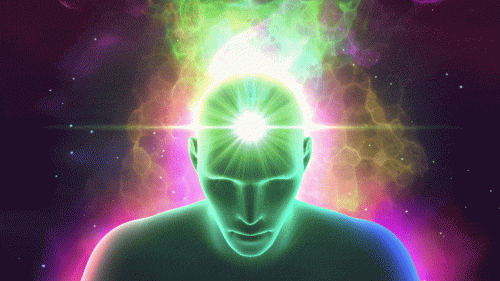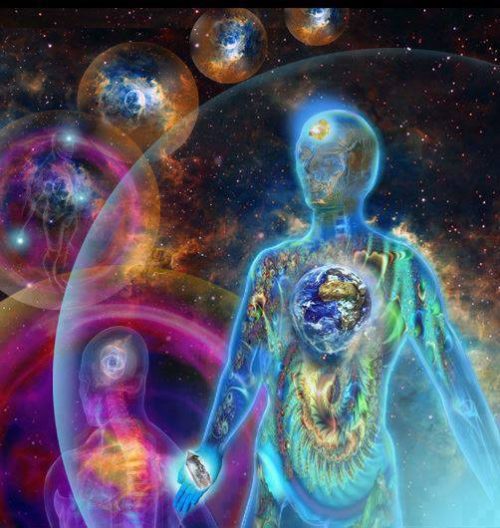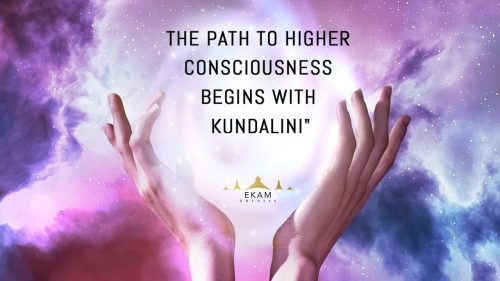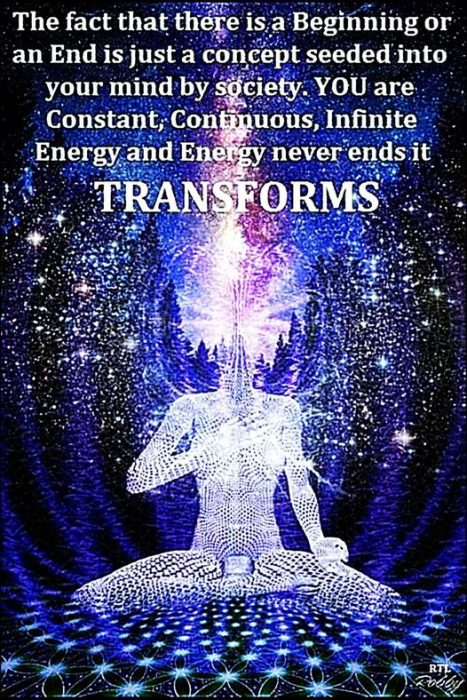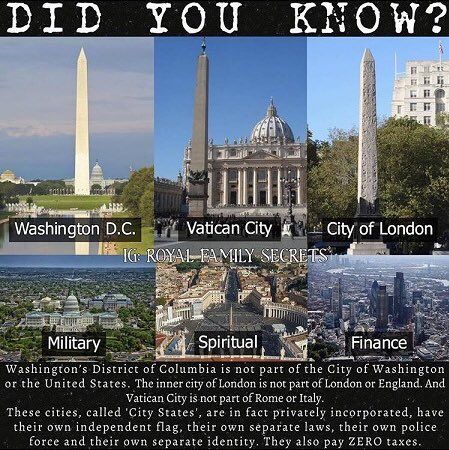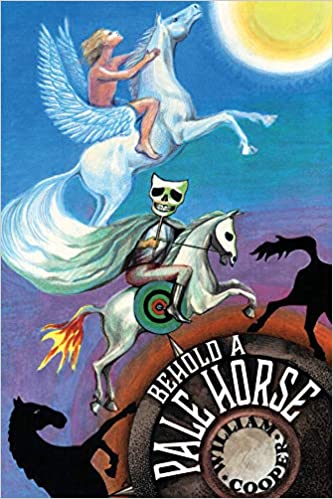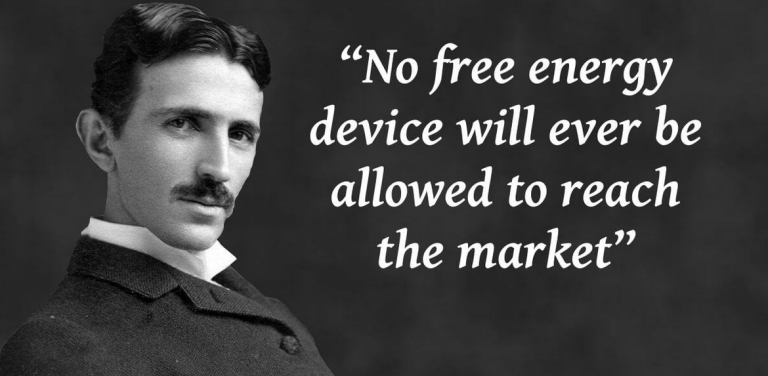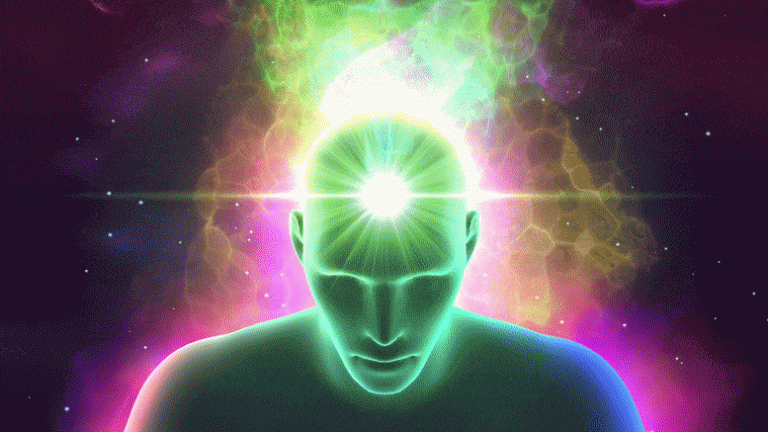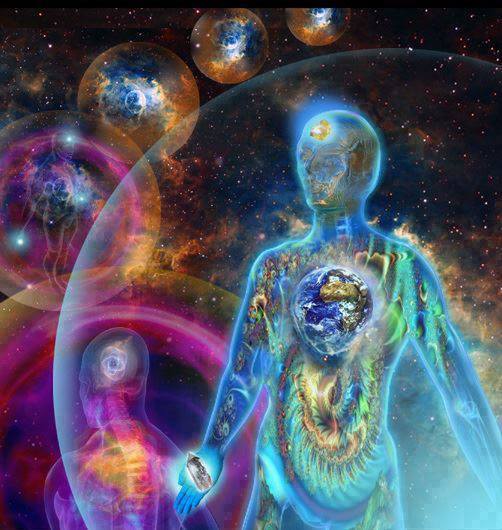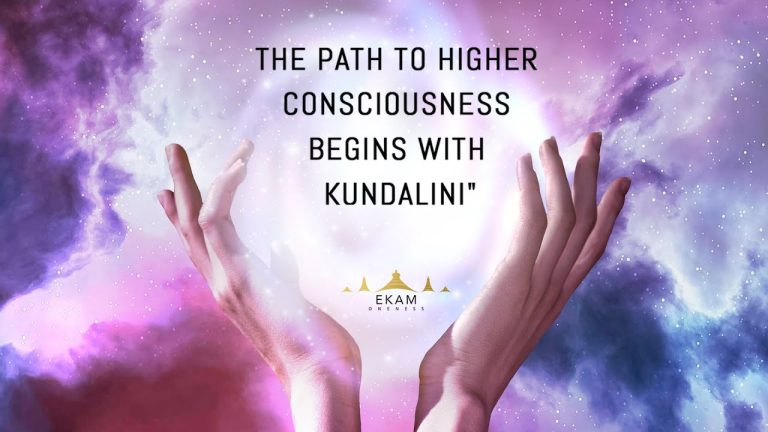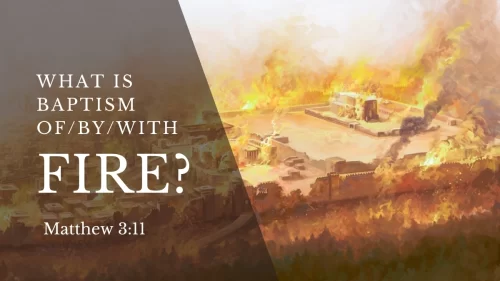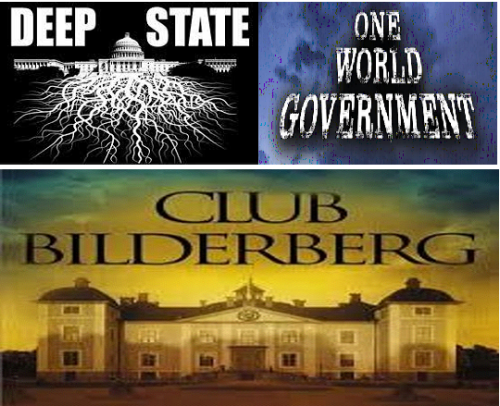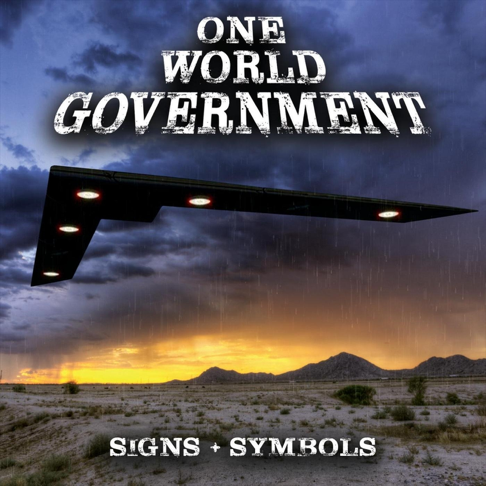
AMERICANS LIVE WITH A BASIC DILEMMA. They place a high value on their personal privacy, perhaps more so than most people; this may be due to the much-advertised dissolution of the American nuclear family with its associated emphasis on the individual over the group. At the same time, they expect perfect transparency in their government. It has been the (sometimes pointless) secrecy of American government institutions that has contributed to the paranoia and cynicism of the conspiracy theorists
The revelations of the existence of a secret society, the Illuminati, in the late 1700s provided two crucial elements to conspiracy theory, both relevant to the third type of rapprochement.
In working toward the transformation of society the Illuminati drew upon the Masonic technique of progressive initiation into the aims of the society and decided upon a policy of using the machinery of secret organization offered by Masonry to propagate their ideas and realize their aims. This lent credence to the existence of an occult power operating behind the facade of rank and file Masonry, hidden even from the uninitiated in the lower grades of Masonry itself.
After the Illuminati, the existence of a great and universal plot at the in which Delassus was trained, encouraged an ahistorical reading of texts. This lack of regard for originary context or that of the latter day interpreter facilitated his task. At the center stands the idée fixe, like a powerful magnet orienting everything in its field to itself.
Since Masonry is itself a secret society, the Illuminati was a secret society within a secret society, a mystery inside a mystery, so to say.
Above all, conspiracy theory is a theory of power:52 Mark Fenster’s reminder of what is central to conspiracy touches the core of it: a power imputed to occult agency, exercised through control of media, control of banks and finance, political and military affiliations. A power imputed by those who feel themselves without power, or with diminished power, victims of the powerful, existing in a climate of uncertainty, fear and anxiety.
History is not the product of a complex of economic, political, social, and cultural forces but wears a human face: ‘dastardly human villains are easier to grasp than complex socioeconomic factors’.5° Those responsible can be identified and their intentions unmasked. Yet as a conspiracy theory it assumes labyrinthine proportions, an amalgam of unwitting dupes, more and less informed allies, and the masters of the plot who seek to shroud themselves and their designs in secrecy.
So, when we begin to study Freemasonry and most especially the influence of Freemasonry on the United States, we have to wade through a large volume of literature written by people with their own agendas. Thus, it is fashionable in some circles to equate Free-masonry with the idea of a global conspiracy.
The source of this concept can frankly be laid at the doorstep of the Masonic temple itself; for although Freemasons famously describe their organiza-tion as “not a secret society but as a society with secrets;” this clandestine, esoteric character naturally leads to all sorts of fan-ciful imaginings.
One only needs to remember how the CIA was characterized during the Cold War as an all-powerful secret society bent on world domination to understand how people (and groups) who openly admit they have secrets can be assumed to be up to no good. It is unfortunately a truism in our world that people are rarely out to secretly loan money, secretly heal illness, or secretly remove obstacles from one’s path in life.
People and groups remain secret so that their work can continue unimpeded—by laws civil or religious, by government oversight and action, or by society in general; the implication being that their work would not be condoned or even understood.
This is the environment in which we now find ourselves, for Freemasonry was born in secret and is concerned with a secret that even some Freemasons themselves admit has possibly been lost to them forever.
The secret is so important, so potentially devastating, that the outward form, rituals, and appearances of a secret society must be maintained in the event that the secret is, eventually, revealed either through accident or design.
The secret nature of Freemasonry—as well as the famous stipulations of brotherhood, decency, and moral living—may actually be the vehicle or vessel for this missing piece of the puzzle.
Its rituals may be nothing more than an elaborate system of codes pointing to this secret. In fact, as we shall see, the story of Freemasonry may be nothing less than the secret history of Western civilization itself.
At the same time, they expect perfect transparency in their government. It has been the (sometimes pointless) secrecy of American government institutions that has contributed to the paranoia and cynicism of the conspiracy theorists.
One suspects that if something is being kept secret, then that secret is evidence of guilt, of culpability. That sentiment is what has colored much of the anxiety concerning the most famous secret organization of all, the Freemasons.
Recalling the effect of two exceptionally well known works during the Romantic period, the Abbe Barruel’s Memoires and John Robison’s Proofs of a Conspiracy, De Quincey wrote that although those men spoke of societies formed “if not always for a distinct purpose of evil, yet always in a spirit of malignant contradiction and hatred,” he soon
… read of other societies, even more secret, that watched over truth dangerous to publish or even to whisper, like the sleepless dragons that oriental fable associated with the subterraneous guardianship of regal treasures. The secrecy, and the reasons for the secrecy, were alike sublime. The very image, unveiling itself by unsteady glimpses, of men linked by brotherly love and perfect confidence, meeting … to shelter … some solitary lamp of truth … all this was superhumanly sublime. The fear of those men was sublime; the courage was sublime; the stealthy, thief-like means were sublime; the audacious end — viz. to change the kingdoms of earth — was sublime.”
These are the images and terminology of the Romantic period, signals familiar to anyone who had read the novels, poetry, and philosophical or political prose of the time, and they reveal why the public found the societies so fascinating. Throughout the Romantic period, societies such as the Rosicrucians, the Freemasons and the Illuminati — those “malignant” groups that figured so prominently in Barruel’s and Robison’s works — had been linked to concepts of reformation and revolution. Their proclaimed truths of brotherhood, liberty, and equality hinted at broad political agendas, while their avowed possession of great secrets and their overlay of mystical rituals and hermetic symbols provided mysterious religious and philosophical overtones that captured the public’s imagination.
The eternal flame this is a major Illuminati emblem, found in many places and formats and it is often used as a signature by the Illuminati, it symbolizes various things, depicted around the world for instance in New York with the statute of liberty is showing holding the eternal flame on it right arm towards the sky.
The sculptor of the statue liberty was the freemason Gustave Eiffel, he was the designer of the Eiffel Tower also which is a freemason symbol, the four columns that support the Eiffel tower it means The four prime beliefs of Freemasonry are: the Fatherhood of God; the brotherhood of man; relief to others; and the search for truth, and the monument aiming towards the sky it gives the impression of a gigantic anthem for communication.
The diabolical plan of the Illuminati to govern the world already was announced in the prophetic book of the Apocalypse, writing approximately 2000 years ago. Let’s see: The Apocalypse predicts a great world war (Ap.6:4), this great war will bring a famine to the planet, the rationing of food, the epidemics and the death of the fourth part of the world population (Ap.6:5-8).
This coincides perfectly with the plan of the Illuminati, which already projected almost for 200 years they would provoke three world wars, being the third one the major one of all, and this great world war would be necessary, since it will cause the total destruction of the capitalism, the extermination of the fourth part of the Humanity, and the implantation of the new world order under the leadership of the beast and its religious ally the false prophet, that is to say the last Roman pontiff.
The last pontiff of the catholicism will be totally to the service of the beast, the world government both will control the nations, one in the political sphere, and other one (the false prophet) in the religious sphere. We find this known prophecy in Apocalypse 13:11-18.
